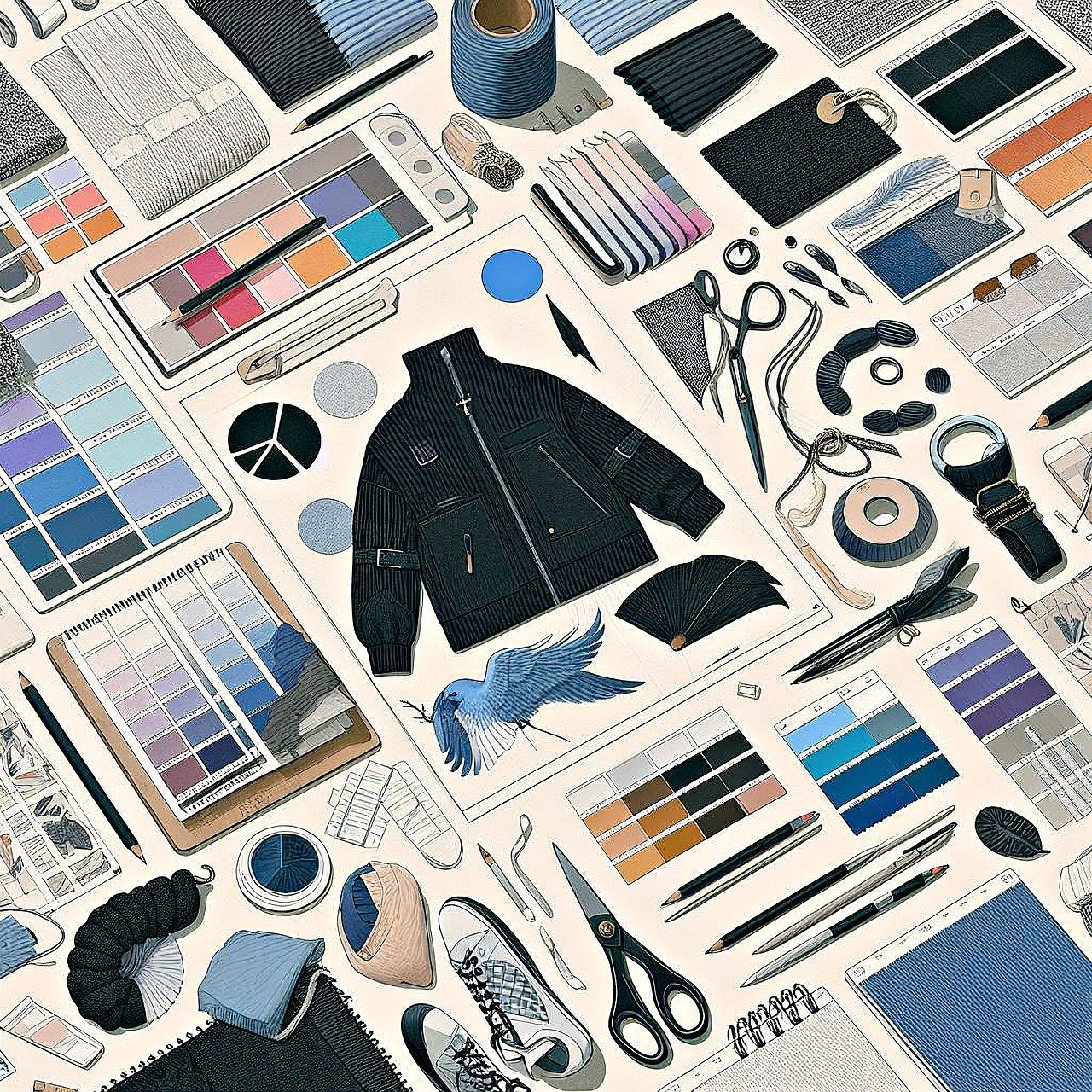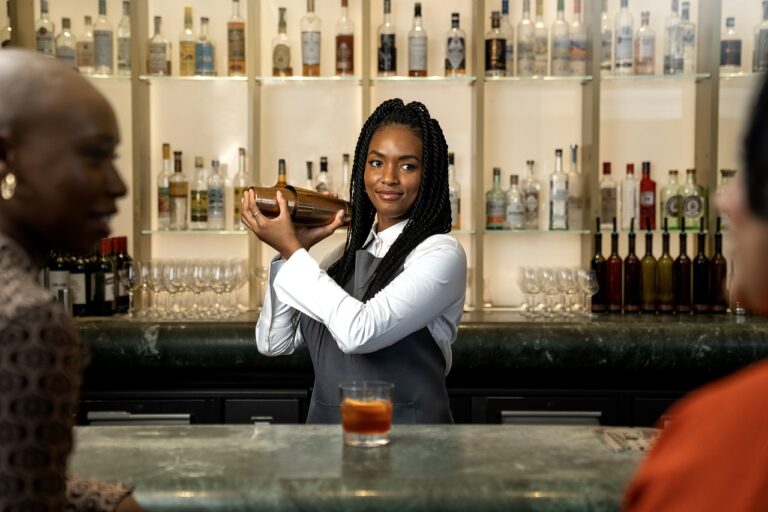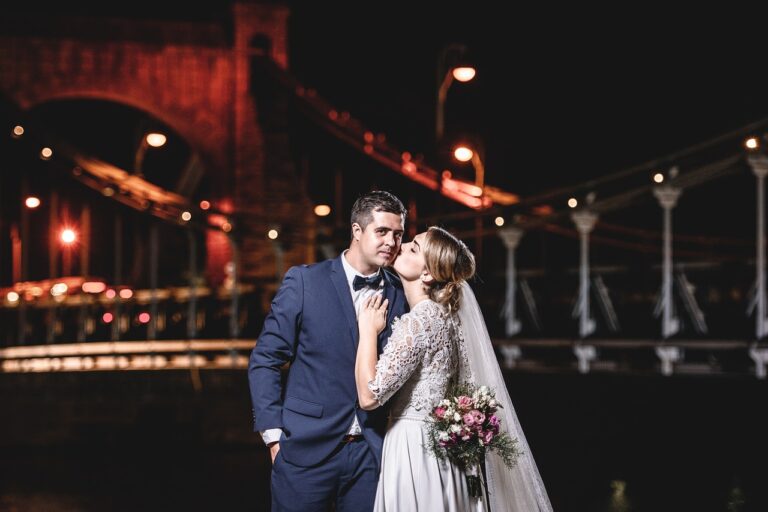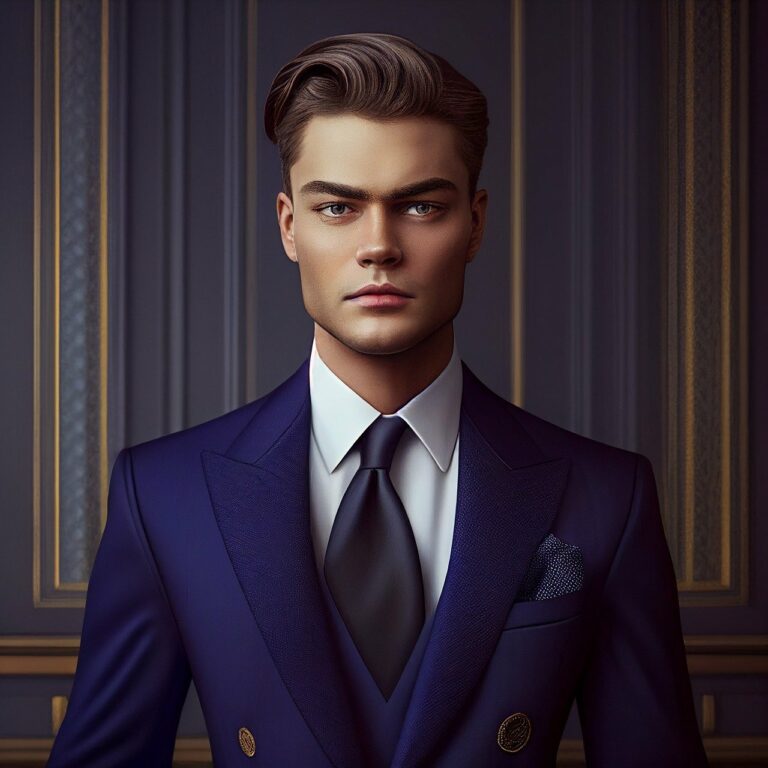Fashion and Art: Exploring Collaborations Between Designers and Artists
Collaborations between designers and artists have been a significant driving force behind innovation and creativity within the fields of fashion and art. When these two disciplines come together, their unique perspectives and expertise merge to create something truly remarkable. Designers bring a keen eye for structure, functionality, and aesthetics, while artists infuse their work with emotion, symbolism, and expressive qualities.
The synergy between designers and artists often results in groundbreaking pieces that transcend the boundaries of traditional design and art. By working together, they have the opportunity to challenge conventions, push boundaries, and experiment with new ideas. These collaborations not only enrich the final outcome but also offer a fresh perspective that can inspire both professionals and audiences alike.
Historical Examples of Fashion and Art Collaborations
In the early 20th century, Spanish artist Salvador Dali collaborated with fashion designer Elsa Schiaparelli to create memorable pieces that merged surrealism with haute couture. The lobster dress, a standout creation from their partnership, showcased Dali’s whimsical touch with its lobster print and Schiaparelli’s innovative design sensibilities.
Another significant collaboration in history was between pop artist Andy Warhol and designer Stephen Sprouse in the 1980s. Their partnership resulted in a collection that blurred the lines between art and fashion, with Warhol’s iconic banana prints and Sprouse’s punk-inspired aesthetics. This collaboration not only pushed boundaries but also paved the way for future artistic expressions within the realm of fashion.
• The lobster dress, a standout creation from Salvador Dali and Elsa Schiaparelli’s collaboration
• Andy Warhol and Stephen Sprouse’s collection blurring the lines between art and fashion with banana prints
• Their partnerships showcased innovative design sensibilities and pushed boundaries in the realm of fashion
Benefits of Collaboration for Designers and Artists
Collaboration between designers and artists can result in a fusion of creativity that transcends boundaries and sparks innovation in both fields. By working together, designers can gain fresh perspectives and approaches to their craft, pushing them to think outside the box and experiment with new techniques and styles. On the other hand, artists can benefit from collaborating with designers by gaining exposure to new audiences and markets, as well as expanding their creative horizons through the incorporation of design elements into their work.
Furthermore, collaborations between designers and artists can lead to the creation of unique and highly sought-after pieces that stand out in a saturated market. By combining their expertise and skills, both parties can leverage each other’s strengths to produce work that is not only visually stunning but also conceptually rich and impactful. This synergy allows for the development of groundbreaking projects that challenge conventional norms and push the boundaries of what is possible in the realms of design and art.
What are some benefits of collaboration between designers and artists?
Some benefits of collaboration include the ability to combine different perspectives and skills, the opportunity to tap into new creative ideas, and the potential for increased exposure and recognition.
Can you give examples of successful collaborations between designers and artists in the past?
Yes, there have been many successful collaborations between designers and artists in history. For example, the collaboration between Yves Saint Laurent and Piet Mondrian in the 1960s resulted in a highly influential collection that merged fashion and art seamlessly.
How can collaboration between designers and artists enhance the final product?
Collaboration can enhance the final product by bringing together different talents and perspectives, resulting in a more unique and innovative end result. Artists can provide fresh and creative ideas, while designers can bring technical expertise and practicality to the table.







